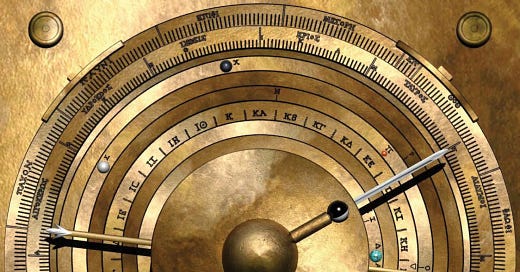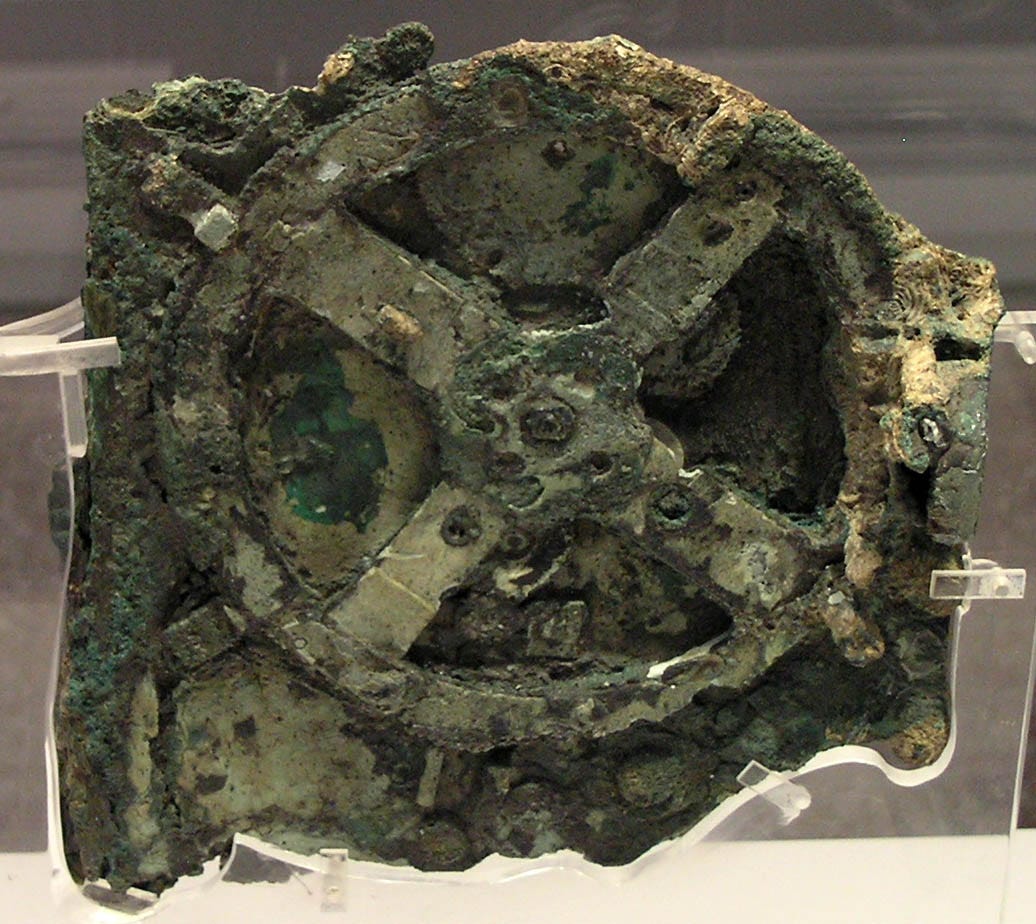What if I told you that the ancient Greeks were the first people to ever invent an analogue computer? It sounds absurd to the ears to think that an analogue computer older than the Roman Empire for comparison could have existed. The fact of the matter is that ancient Greeks did indeed invent the world’s first analogue computer, infact, it would be more than 1,000 years before anyone else came close to reinventing the simplest analogue computers in our not so distant medieval past. With just one simple discovery of man’s ancient past, his understanding of the past can grow ever more complex.
Our story begins on May 17, 1901 off a southern Greek island in the Aegean Sea called Antikythera, where Greek sponge divers came up out of the waters in a frenzy to tell their captain of ghostly figures of women at the bottom of the sea. The captain of the vessel, though sceptical of his men’s claims, reported the incident to the Royal Greek Navy. Soon after the navy would return to the same spot as where the divers had reported the incident, and launched an investigation.
Soon afterwards the Royal Greek Navy reported finding a late Roman Republic era shipwreck only 45 meters below the surface of the sea water containing many fine bronze and marble statues, accounting for the ghostly women at the bottom of the sea. Accompanying the statues were several smaller fineries, and all things typical of a shipwreck. One of these items, a wooden box with bronze pieces covered by several layers and warped by time, was largely ignored but none the less brought out of the sea.
Exactly a year later an archeologist by the name of Valerios Stais examined one of the many fragments of the wooden and bronze box and said he found a piece of rock with a gear embedded in it. His discovery was immediately dismissed by others, stating that no such technology would exist for over 1,000 years, and that it was likely a gear from an unrelated incident found its way to the ocean floor before it was discovered the year prior.
It wasn’t until a few decades later when Professor of the History of Science, Derek J. de Solla Price of the University of Yale, took interest in the object in 1951 that the purpose of the object would be questioned again. However, the museum would not allow him to investigate the object without sufficient reason and evidence for his curiosity, which would prevent him from examining the object in person until 1971. Finally in 1971, with the help of Charalampos Karakolos, the object was x-rayed so as to look into the internals of the box without disturbing or destroying the mysterious object.
What was discovered would shake the academic world as the two men wrote a paper detailing their discovery. It was and still is simply extraordinary.
The box contained several gears, of which the largest surviving gear had an incredible 223 teeth. The box, though partially destroyed, could be replicated to show that the mysterious box, now called the Antikythera Mechanism, contained some 37 interlocking mesh gears. These gears spun about a compound central shaft, which is a shaft within a shaft with rod and pin gearing. These complex gears which were no more than 1.4 millimeters in thickness were separated by no more than 1.2 millimeters of airgap, all culminating in a minimum of 7 displays which conveyed complex information about the sun, moon, and first five planets orbiting around the sun.
This beautiful object worked on the Metonic cycle, a 19 year long cycle in which 235 syndonic months pass and 19 tropical years pass, almost perfectly coinciding within one another. This device could be used to calculate eclipses, the olympic games, the position and phases of the moon as well as many other astronomical anomalies. This device was incredibly complex to say the least, a work of beautiful craftsmanship unheard of for its time. With the hand of the most skillful craftsmen and one of the greatest minds of the time, someone had created the world’s first analogue computer, for which nothing would come close to recapturing for more than a thousand years.
All of this with the fact that this object calculated the positions of these heavenly bodies with the earth at the center of a geocentric model used by the Greeks. By carefully observing the world around them and passing down information from generation to generation, as some of these cycles were in excess of 76 years, such as the callippic cycle, the Greeks were able to accurately predict the motions of the heavenly bodies in the sky.
This discovery of the Antikythera Mechanism is now well established, and brings to question many things. What lessons should be gleamed from this however is that our ancient ancestors were more advanced than most give them credit for, and the technology that they possessed should not be immediately dismissed. If we venture into our deep past, we may be pleasantly surprised by just how beautiful the minds of our distant ancestors were. As always brothers, I’m here with you in the abyss.






